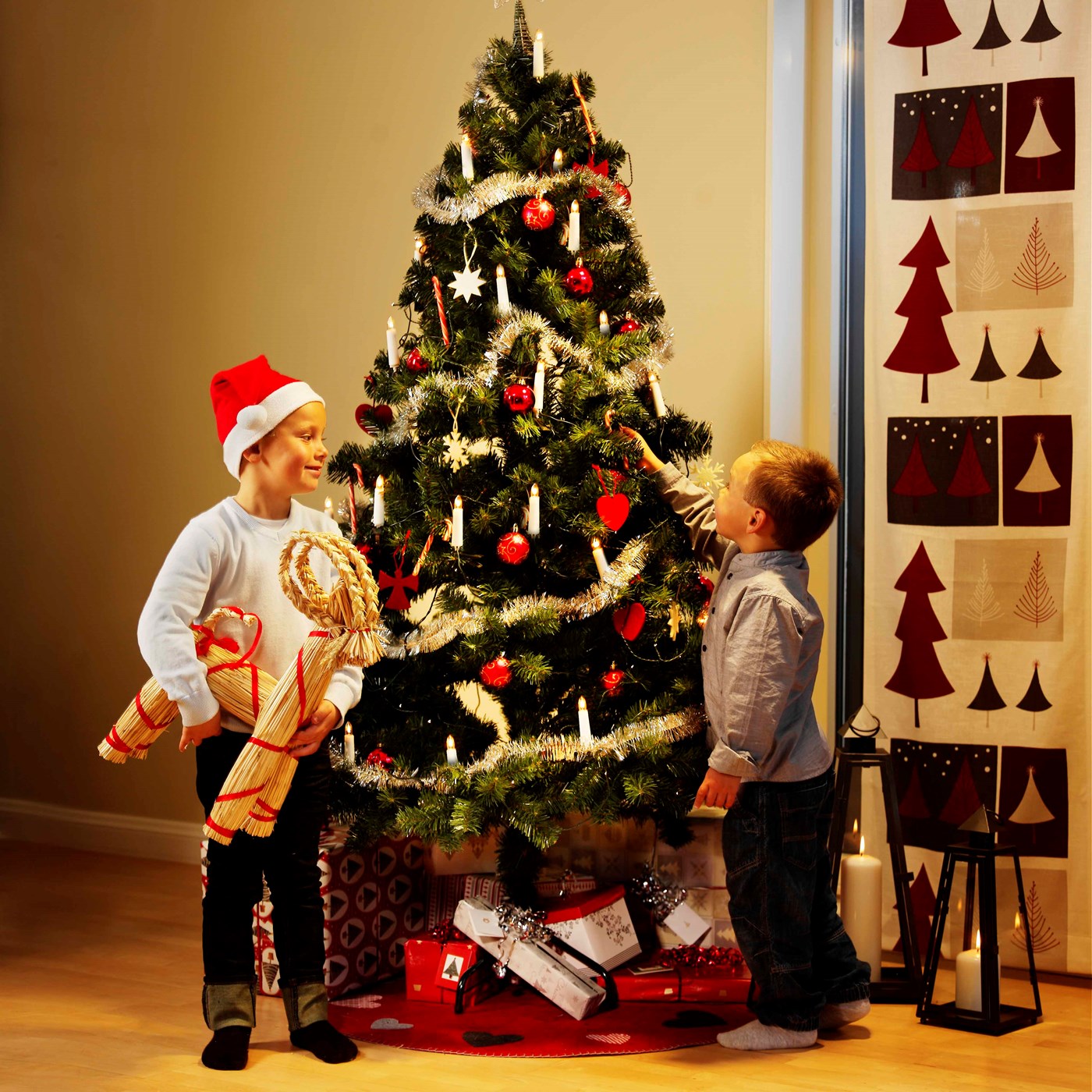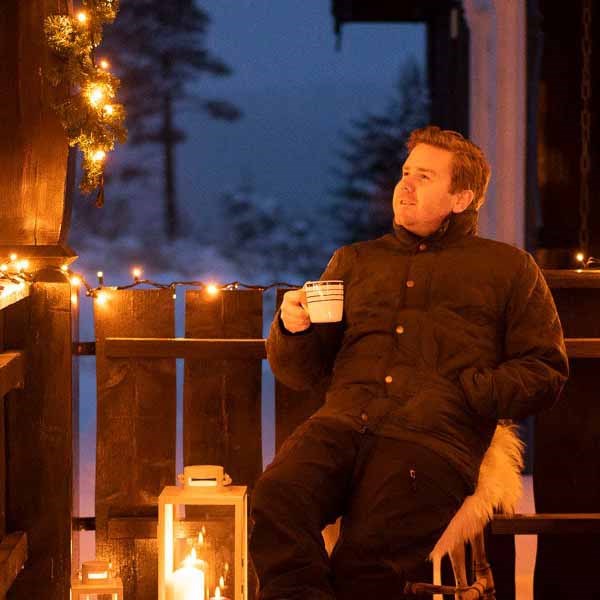Who is Santa Claus?
There are many different traditions about Santa Claus and belief in Santa Claus differs quite a bit depending on who you ask. This is a mythical figure, where the tales are many and the legends different.
So, who exactly is Santa Claus?
The correct answer is that no one really knows for sure, but the theories are many and belief is strong. Here you can read about some of the legends and myths about Santa Claus.
The Asar god Odin - predecessor to Santa Claus?
Odin is the oldest and greatest of the Æsir gods of Norse mythology. In pagan times, in Germanic cultures, Odin was also called Jólnir. At the time around the midwinter solstice, a holiday called Jól was celebrated, where Odin rode across the sky with his white beard fluttering in the wind. Many believe that Odin is a forerunner of today's Santa Claus. And who knows, maybe he is?
Saint Nicholas - or Santa Claus?
The American version of Santa Claus, is perhaps the most famous in the world. But Santa Claus is no novelty, the name testifies to influences and connections to Saint Nicholas. Saint Nicholas is a patron saint of children, sailors, fishermen and the falsely accused. Legend has it that he was very generous and kind to the poor in the country and the 6th of December is celebrated in most central and eastern parts of Europe as St. Nicholas Day. Saint Nicholas is usually depicted wearing a red bishop’s robe, which is reminiscent of the characteristic red costume that Santa wears.
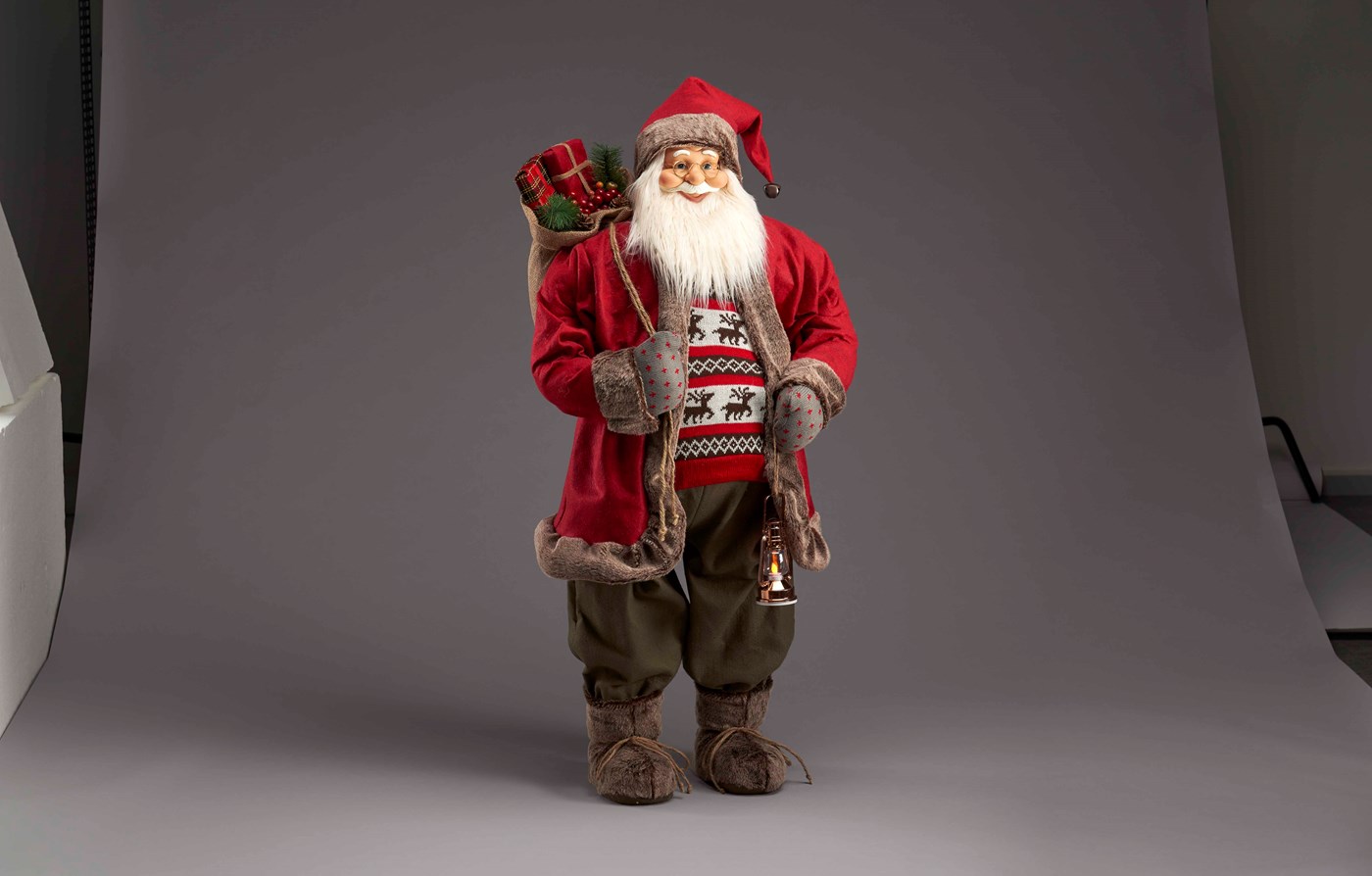
St. Nicholas Day
As early as the Middle Ages, children received gifts on St. Nicholas Day, a tradition that lives on in the Netherlands, among other places. Their Santa Claus is called Sinterklaas and brings presents to the children some days before St. Nicholas Day. As the Dutch began to move out to colonies around the world, the legend of Sinterklaas (Saint Nicholas) spread. When the legend crossed the Atlantic and came to the United States, Sinterklaas was soon transformed into the North American Santa Claus.
The Christmas goat & Christmas elf instead of Santa Claus
In Scandinavia, for a long time it was the Christmas goat that handed out the Christmas presents. The Christmas goat is said to be influenced by Krampus, a German figure who was shaped like a devil and was a companion to Saint Nicholas. Later in the 19th century, however, it became increasingly common for the Christmas elf to come with the presents.
In addition to influences from Saint Nicholas, today's Santa Claus also has influences from the Nordic tomtegubben.
Tomtegubbe
According to legend, the tomtegubbe was a kind of elf, who had supernatural powers and made sure that the farm's harvest and work were good. Each farm had its own tomtegubbe, which few could see with their own eyes, but who was described as a very small, elderly man with a white beard, grey clothes and a hood. As a thank you for the tomtegubbe taking care of the farm, they gave him gifts and food. On Christmas Eve, it was important to give him a bowl of porridge.
There was folklore about in the tomtegubbe in Sweden, Denmark and Norway. In Danish and Norwegian, he is called Nisse, which can also be linked to the name Nikolaus. The farm’s tomtegubbe was not initially seen as a Santa Claus, but according to tradition has been a contributor to the image of our Nordic Santa.
Have you become a little wiser about who Santa is?
There are many legends, and the history and tradition of Santa differs in our Nordic neighbours.
Julemanden in Denmark
The tradition of Santa Claus and his story is different depending on which Nordic country you visit. In Denmark he is called Julemanden and many Danes think he lives in Greenland. Julemanden visits families on Christmas Eve or on the night before Christmas Eve and leaves the packages under the Christmas tree. Julemanden has been part of the Danes’ Christmas tradition for more than 100 years.
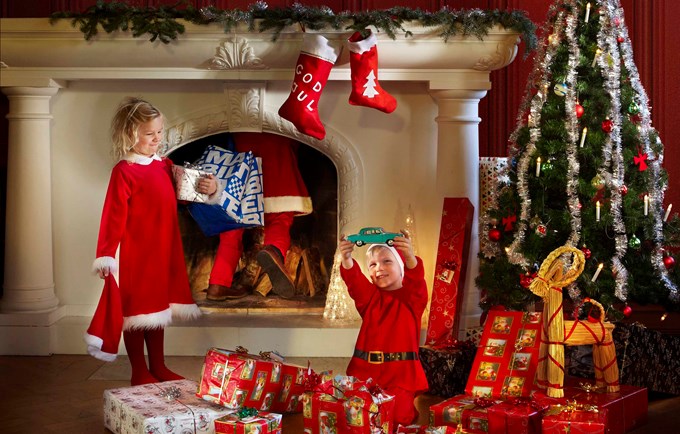
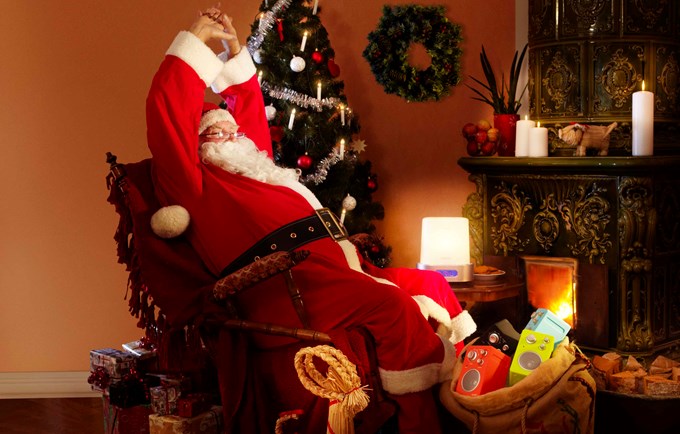
Santa in Sweden
The modern Swedish Santa, or jultomten, is a mixture of the American Santa Claus and the mythical farm tomtegubbe. Santa comes according to tradition and hands out the Christmas presents on Christmas Eve, in the afternoon or evening, often after the popular TV show Kalle Anka. There are some divided opinions about where Santa lives, but according to tradition, the American Santa Claus lives at the North Pole, something many Swedes agree with.
Santa in Norway
Julenissen, as he is called in Norway, comes and hands out Christmas presents on 24 December - Christmas Eve. According to tradition, the Norwegian Santa also has roots from Saint Nicholas, but has nothing to do with the barn nisse, who is the elf who used to look after the farms. Both the Christmas and barn nisser have the nickname Nisse, a name that can be attributed to the name Nils, which is a Nordic short form of the name Nikolaus or Nikolas.
There are divided opinions in Norway about where Santa lives, but most people think he lives at the North Pole.
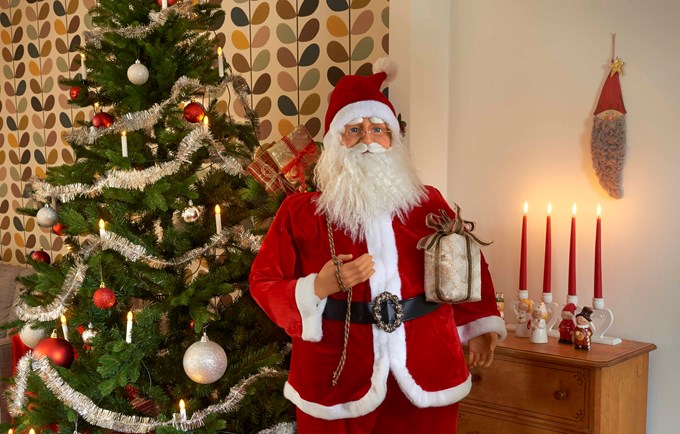

Santa in Finland
In Finland, Santa is called julbocken, and he is the one who comes and hands out the Christmas presents. In the weeks before Christmas Eve, the children have written letters to Santa telling him what they want for Christmas. According to legend, little elves then go around and look in through people's windows to see that the children are behaving, so that they deserve their Christmas presents. It is the elves who then make the Christmas presents in Santa's workshop.
On Christmas Eve, Santa begins his journey from Korvatunturi, in a sleigh pulled by his many reindeer. Santa then visits all homes in Finland on Christmas Eve and according to some Finns, he also travels with his sleigh around the world to hand out Christmas presents.
The Finnish Santa is said to live up in the northern parts of the country, in Korvatunturi in Lapland. But you can visit him all year round in the Santa town of Rovaniemi, which some claim is his official home town.
We can all agree that the question of who Santa Claus really is is difficult to answer because of the many traditions and legends. But one thing we can probably agree on is that it would not be a real Christmas without Santa, no matter where he lives or what his name is.
We wish you a Merry Christmas from Biltema!


